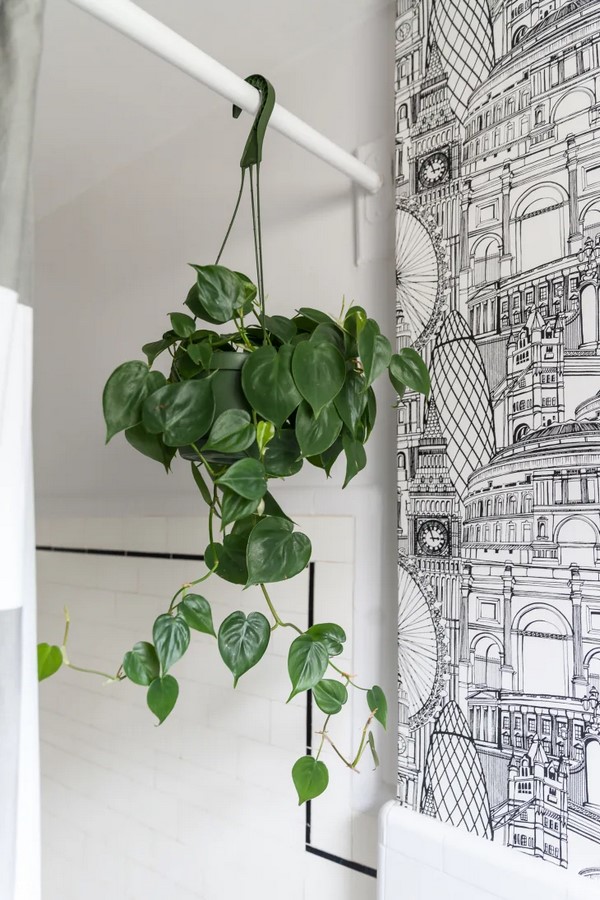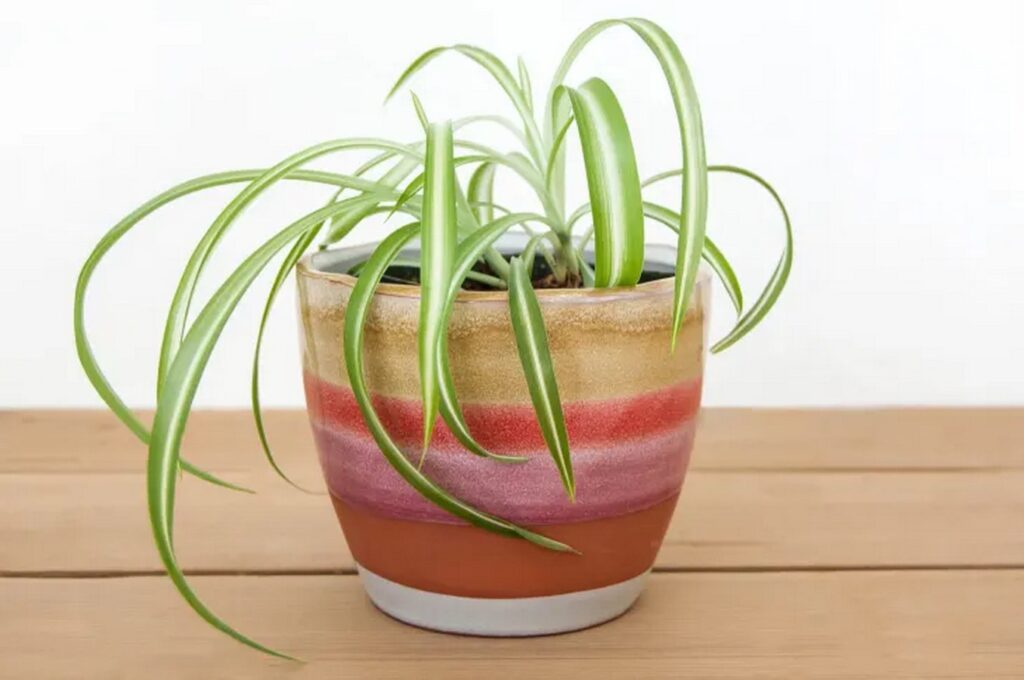Engaging in the world of indoor gardening brings immense joy as plants breathe life into living spaces. For enthusiasts seeking to elevate their plant parenting experience, plant propagation emerges as an exciting endeavor. This simple yet rewarding process allows you to transform a single cherished houseplant into a flourishing collection, all without spending a dime. If you’re curious about propagating your plants, read on to discover the art of nurturing new green life in your home.

Understanding Houseplant Propagation
While the term might sound daunting, houseplant propagation is a straightforward process, especially for popular houseplants. It involves three primary methods: cuttings, root division, and pups. Cuttings entail snipping off a leaf and a small stem with a node to initiate a new plant. Root division involves separating part of the root system to start a new plant. Pups are small offshoots from the main plant that can be removed and replanted separately.
Tips for Successful Propagation
Regardless of the chosen propagation method, several essential tips ensure a successful venture. Consider the timing of your propagation efforts, with spring and early summer offering optimal conditions for many plants. Prioritize clean and sharp tools to prevent the spread of diseases. Providing warmth, especially in partly sunny locations, accelerates root formation.

Plants Easily Propagated from Cuttings
Propagating plants from cuttings involves snipping a stem with a few leaves and rooting it. The cuttings can be placed in water until roots form, then transplanted into soil or left in water. Using rooting powder can expedite root growth when planting in soil. An insider tip from horticultural experts suggests wounding the base of the stem slightly to encourage root formation.
Plants like Pothos, Tradescantia, Umbrella plant, African violets, Rosemary, Philodendron, and Prayer plant are particularly suitable for propagation through cuttings.
Plants Suited for Root Division
Multi-stemmed houseplants with sprawling root systems can be divided to create additional potted plants. Carefully separating the roots and repotting them leads to the establishment of new plants. Root division works well for plants like Boston fern, Peace lily, ZZ plant, and Snake plant.

Plants Thriving with Pups
Certain plants produce “pups” or small offshoots, simplifying the propagation process. Allowing the pups to grow to a sufficient size before cutting them off and planting them in separate pots ensures a higher success rate. Spider plant, Aloe vera plant, Bromeliad, and Ponytail palm are examples of plants that naturally produce pups.
Mastering Succulent Propagation
Succulents, renowned for their resilience, are exceptionally easy to propagate. Whether through cuttings, root division, or pups, succulents offer versatility in propagation methods. Enthusiasts can explore various succulent types and propagation techniques based on preference.

What to Do With the Plant Offspring
As your propagated plants multiply, you may find yourself with an abundance of greenery. An eco-friendly and thoughtful approach is to share your plant babies as gifts. Place them in charming pots or wrap them in ribbon-adorned simple pots for a delightful and cost-effective present. Embrace the joy of gifting tiny terracotta pots featuring sprigs of rosemary or succulent babies, adding a touch of greenery to your loved ones’ lives.





